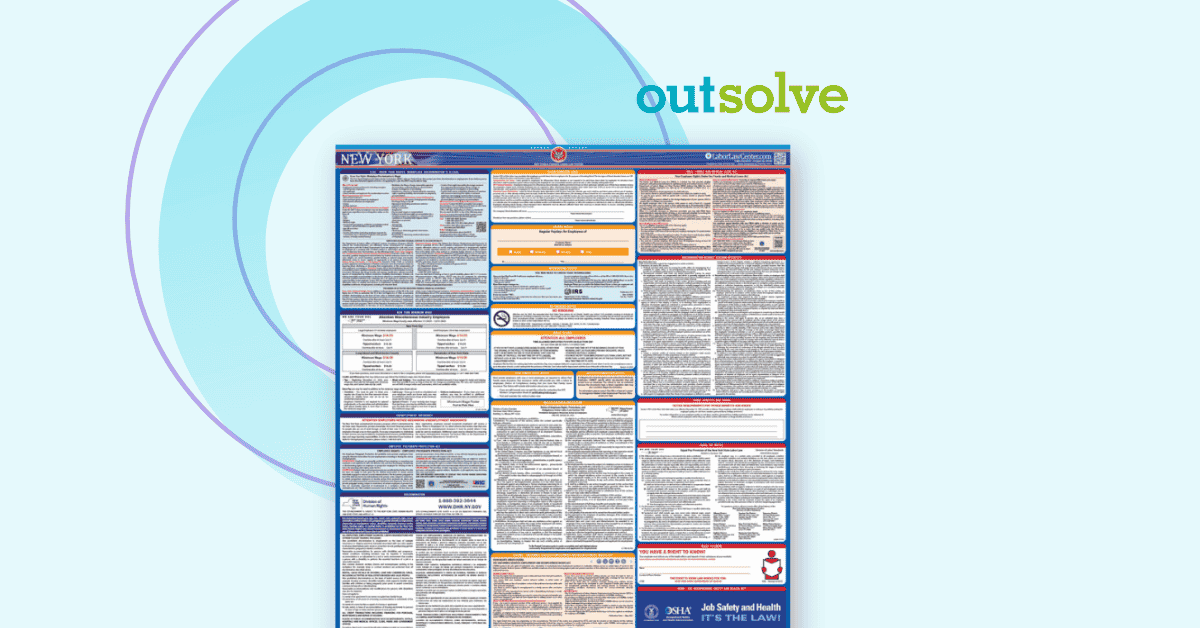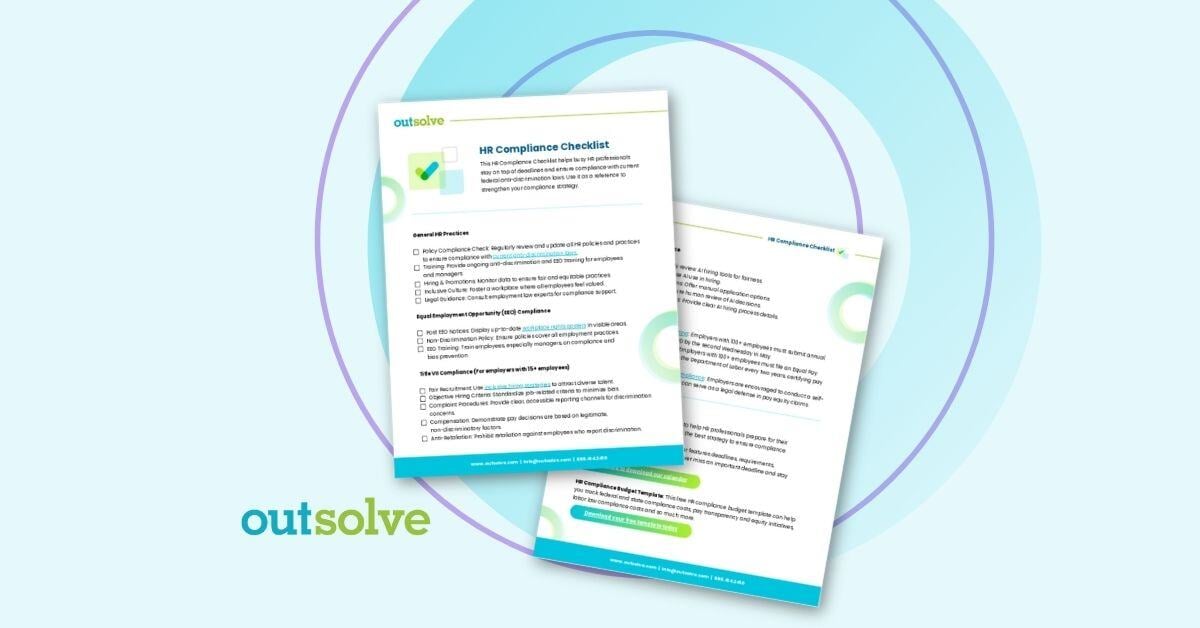October is National Disability Employment Awareness Month. You have probably seen invitations to attend webinars this month about disability employment awareness. I plan to attend several different events. I have found that each webinar approaches the subject matter differently and provides various insights into disability and employment.
As we know, the purpose of the Americans with Disabilities Act (ADA) is to assist those with disabilities to be hired and remain in the workforce. It is the affirmative duty of employers to provide reasonable accommodations to the known disabilities of its employees and/or applicants for employment. This duty also applies to those employees who have a record of such a disability.
A disability is defined by the ADA as being a physical or mental impairment that substantially limits one or more major life activities. This includes the systems of the body that might be substantially limited as well as one or more organs of a bodily system. Many disabilities are unseen and employers are not expected to try to guess if an employee is disabled and needs an accommodation. It is a good idea when a supervisor sees an employee struggling with the essential functions of their job to ask if there is anything that can be done to assist them to perform their jobs.
Those employees with a record of a disability are entitled to reasonable accommodations too. Many times employees who have had physical or mental impairments that met the definition of a disability and who have recovered from such condition(s), may still need to be accommodated due their past disabilities. The accommodations could be to attend medical appointments or meetings of some type, eg. 12-step meetings.
Although employees who are regarded as being disabled or those who have associations with someone with a disability are covered by the ADA, they are not entitled to a reasonable accommodation. I do want to point out, however, that they may be entitled to benefits under the FMLA.
Working with employees who are entitled to reasonable accommodation to determine what that accommodation should be is to be done through an interactive process with the employer. Options should be discussed and the parties should reach a conclusion that will provide the employee with an effective accommodation. The accommodation does not have to be the accommodation the employee requested. Let’s remember that the purpose of the ADA was to end discrimination due to disabilities and to assist applicants and employees with finding reasonable accommodations so that they can be gainfully employed. Perhaps focusing on someone’s abilities rather than their disabilities would be the best way to alleviate disability discrimination.
In the National Disability Employment Awareness Month, we should celebrate the strides that have been made and strive to do even better in the future. The Department of Labor, Office of Disability Employment Policy (ODEP), is offering a free poster to help celebrate this month. The poster may be ordered or is available for download and printing at www.DOL.gov/agencies/ODEP. I encourage you to display the poster.
If you have any questions about the interactive process or the ADA, feel free to reach out to me at eeoadvantage@gmail.com or (502) 553-7648.
President at EEO Advantage, LLC
Recent Posts

New Executive Orders May Require Labor Law Poster Updates

HR Compliance Checklist: What Every HR Pro Needs to Know
Related Posts

DOL Appoints New OFCCP Director
The U.S. Department of Labor (DOL) announced their new Director of the Office of Federal Contract Compliance Programs (OFCCP) on March 24, 2025. ...

Legal Alert: Federal Court Greenlights Trump Anti-DEI Contract and Grant Certifications: This is Now Real!
OutSolve has invited John C. Fox, Esq. as a guest blogger providing legal insights on EEO and compliance issues. The views expressed in his posts are...

EEOC Issues Guidance on DEI Related Discrimination
The U.S. Equal Employment Opportunity Commission (EEOC) and the Department of Justice (DOJ) jointly issued a press release on Wednesday, March 19,...
 Toni Ahl
Toni Ahl

